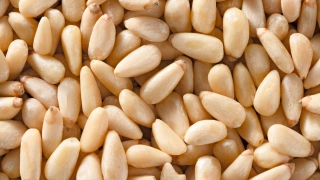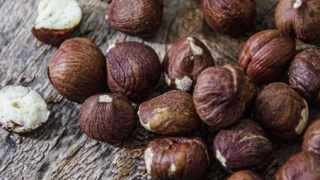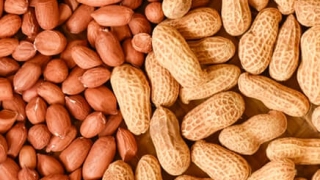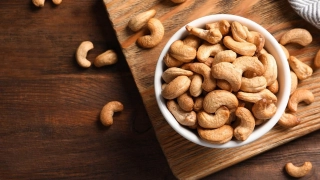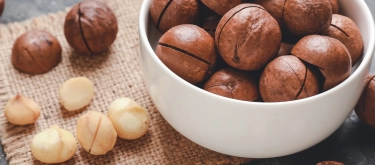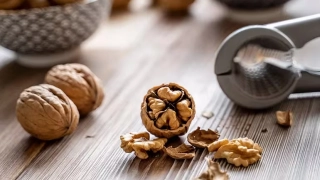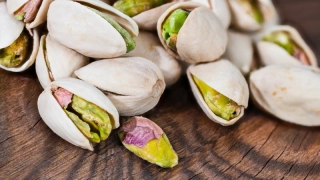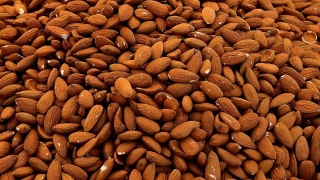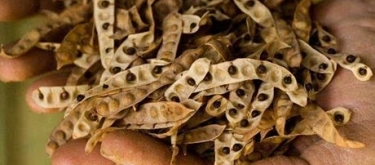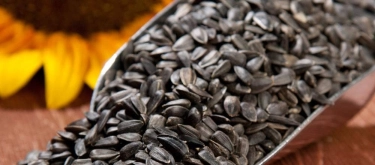Brazil nut: Taste Profile, Aroma, Benefits and Health Risks
Brazil nut (Bertholletia excelsa) grows in the Amazon rainforest and is one of the largest edible nuts. Known for its high selenium content and buttery texture, it plays an important role in South American diets and global trade. Its unique flavor and nutritional density make it a prized ingredient in both traditional and modern cuisine.
Brazil nut is a tree nut and a common allergen. It can provoke strong allergic reactions, including anaphylaxis. Not suitable for people with nut allergies. High selenium levels make excessive consumption risky.
What does Brazil nut taste like?
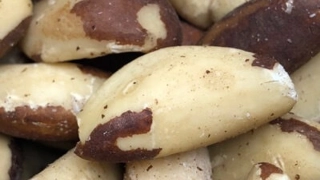
Complete Sensory Description
-
Taste: Brazil nuts have a rich, creamy, and buttery flavor with mild earthy undertones. The first impression is smooth and slightly sweet, followed by a deep, fatty nuttiness. A faint bitterness can emerge if the nut is old or improperly stored.
-
Raw: Soft sweetness with a gentle earthiness, reminiscent of coconut and macadamia.
-
Roasted: The sweetness intensifies, while Maillard browning develops warmer, toasty notes with hints of cocoa and coffee.
-
Stale/Rancid: Oxidized oils bring unpleasant sharp bitterness, masking the nut’s natural creaminess.
-
-
Aroma: Raw nuts smell faintly woody and earthy. Roasting develops a warm, chocolate-like aroma with nutty depth.
-
Texture: Large, firm, and dense. The bite is crunchy yet oily, quickly melting into a creamy coating on the tongue.
-
Appearance: Triangular, ivory-colored kernels with a brown outer skin, often irregular in shape and size.
In-depth Flavor Analysis
Brazil nut’s flavor is strongly influenced by its high fat content—especially palmitic, oleic, and linoleic acids—which give it its creamy and smooth mouthfeel.
-
Raw profile: Dominated by oleic acid, giving a buttery impression. Mild sweetness comes from trace sugars and amino acids.
-
Roasting chemistry: Generates pyrazines (nutty, roasted notes) and furans (caramel, coffee hints). A well-controlled roast transforms mild raw flavors into deeper, chocolate-like tones.
-
Oxidation risk: Brazil nuts are prone to rancidity due to their polyunsaturated fats. Once oxidized, aldehydes produce sharp cardboard-like bitterness.
-
Skin compounds: The thin skin contains tannins, adding light astringency if eaten whole.
Dial-up levers for chefs:
-
Roast gently for a sweeter, buttery profile.
-
Darker roasts bring out chocolate–coffee depth.
-
Store airtight to avoid bitterness from fat oxidation.
Varieties and Culinary Applications
-
Varieties: There is little varietal diversity; flavor differences come mainly from origin and freshness.
-
Applications: Consumed raw, roasted, or ground into flour for cakes and desserts. Pairs well with chocolate, coconut, and tropical fruits. Often used in vegan recipes for creamy sauces and dairy alternatives.
Selection and Storage
-
Selection: Choose large, ivory-colored nuts without cracks or shriveled appearance. Avoid nuts with a rancid smell.
-
Storage: Store in airtight containers, preferably refrigerated or frozen, to prevent fat oxidation and preserve freshness.
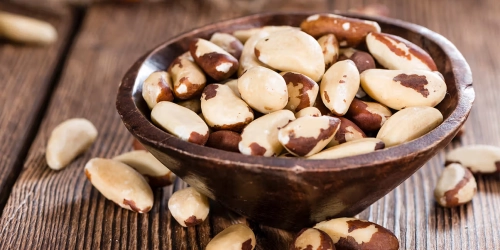
Nutritional Insights
Brazil nuts are exceptionally rich in selenium—just one nut can provide more than 100% of the daily requirement. They also contain protein, healthy fats, magnesium, and vitamin E. Selenium supports thyroid function and antioxidant defenses, but excessive intake can be toxic.
Expert Insights & Culinary Tips
Chefs recommend roasting Brazil nuts lightly to enhance sweetness without overpowering bitterness. Nutritionists caution to limit intake to 1–2 nuts per day to avoid selenium overdose.
Interesting and Curious Facts
-
The Brazil nut tree can live for over 500 years in the Amazon.
-
Harvest depends on agoutis (rodents) that crack open the hard shells and disperse seeds.
-
In the EU, Brazil nuts are sometimes tested for aflatoxins due to import regulations.
Harm and Dietary Considerations
-
Allergy risk: Can trigger severe nut allergies.
-
Excess selenium: Regular overconsumption may cause selenosis (hair loss, brittle nails, gastrointestinal upset).
-
Contamination risk: Poor storage may lead to aflatoxin formation.
Religious Dietary Considerations
-
Islam & Judaism: Generally permitted (parve/halal), unless cross-contaminated with restricted foods.
-
Christianity: No restrictions.
-
Hinduism & Buddhism: Widely accepted as plant-based food.
Final Thoughts & Sensory Journey
Brazil nuts embody a rare balance between rich creaminess and subtle earthy depth. Their luxurious mouthfeel makes them stand apart in the nut family, yet their nutritional density requires moderation.
Resources
-
Ferreira, J. N., & Wadt, L. H. O. Brazil Nut (Bertholletia excelsa): Ecology, Management and Utilization. Springer, 2019. ISBN: 9783030133289
-
Pennington, J. A. T., & Fisher, R. A. “Classification of Brazil Nuts by Selenium Content.” Journal of Food Composition and Analysis. DOI: 10.1016/0889-1575(91)90018-Y
-
Aguiar, L. M. et al. “Nutritional composition of Brazil nuts.” Food Research International. DOI: 10.1016/j.foodres.2012.02.012
